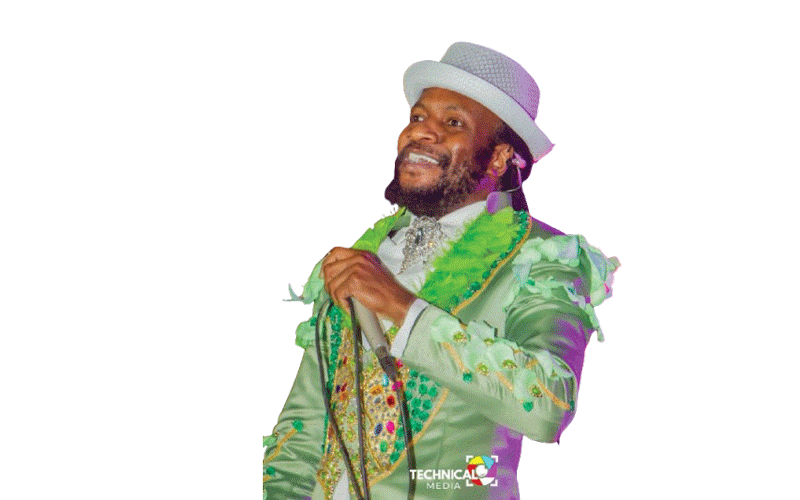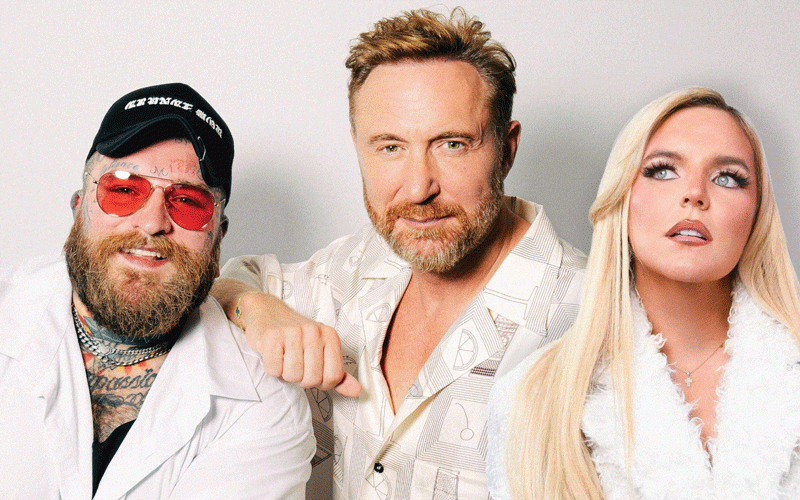
s we are concluding the 16 days of activism advocating for the reduction of gender based violence (GBV), it is important to discuss issues that also relate to sexual reproductive health, particularly amongst the youth.
Many youths are exposed to various scourges which put them at risk of abuse, manipulation and even the scourge of HIV-AIDS.
Having access to sexual and reproductive health and rights can decrease child marriages, decrease teenage pregnancies and prevent transmission of sexually transmitted infections.
Adequate and appropriate information on Sexual and Reproductive Health (SRH) including HIV/AIDS, is fundamentally important to a healthy and productive life, especially for young people.
As young people grow, they face important decisions about relationships, sexuality, and their sexual behaviours.
The decisions they make can impact their health and well-being for the rest of their lives. Young people have the right to lead healthy lives and society has the responsibility to prepare them by providing them with comprehensive sexual health education that gives them the tools they need to make healthy decisions.
As a creative I feel that art forms such as music, poetry, theatre and dance engage young people’s minds, bodies, and senses. It inspires people to listen, observe, discuss, move, solve problems, and imagine using multiple modes of thought and self‐expression.
Health care promotion has different approaches. In our current retrospect dominated by technology and the rise of social media there is a growing approach which is using art in health care promotion.
- Chamisa under fire over US$120K donation
- Mavhunga puts DeMbare into Chibuku quarterfinals
- Pension funds bet on Cabora Bassa oilfields
- Councils defy govt fire tender directive
Keep Reading
Art in SRH is an approach that allows us to look at our life experiences and understand better why we behave as we do and the effects of our behaviours. It helps us find ways to improve our sexual health and develop habits that are safe and healthy for everyone.
This is different from the types of health promotion approaches that gives young people direct rules and message. It also allows young people to analyse problems, generate and explore alternative solutions.
Creative approaches open up the spaces for effective awareness and knowledge and also attract the attention of the youth.
Creative arts can play a range of roles in SRH programmes for young people; it brings people together and creates the opportunity for collective problem solving, stimulates discussion and critical understanding of sexual health concerns, allows young people to explore their sexuality and query social and gender norms, develop individual and group skills and gives young people the ability to have more control over their lives, creates mutual support and positive peer pressure.
The United Nations Sustainable Development Goals identify some of the most critical challenges confronting humanity. These include taking urgent action to combat climate change and its impacts (Goal 13), promoting just, peaceful and inclusive societies (Goal 16), and conserving life on land (Goal 15).
The arts sector can foster the disposition and imagination required to address the climate crisis. Arts activities can provoke positive emotions such as hope, responsibility, care and solidarity that, in turn, inspire resilience and climate action.
In the current climate of environmental precarity, the need to prompt ecological change becomes more than just a job for the scientific community. Looking towards culture and the arts has proven an effective way to begin addressing current environmental issues.
Artists use their work to shine light on issues of environmental justice, raise awareness to environmental insecurities and risks, and imagine more sustainable futures.
By combining the arts with climate justice, we are able to inspire transdisciplinary learning among the youth, thus sparking new ways of imagining and envisioning how we might live in the future.
I write this on the basis of us living within the context where climate change has taken serious precedence in the globe and we are now feeling its deep impact as we are experiencing a heat wave among other crises.
Activism in the context of the arts is the activity of challenging or changing power relations, however this does not necessarily mean protesting to condemn the powers.
In essence, the goal of activism is to generate an effect, whether this be meant to change a policy such as that with regard to sexual reproductive health and issues of climate change.
Art, on the other hand, does not always have a clear target. It often offers us new ways to see the world, with messages that may be contradictory or difficult to understand and hence its ability to be contextualised when targeting the youth.
Therefore art, in essence, is an expression aimed at generating an effect and in the context of edutainment it has to inform and empower the society on salient topics.
While these ideas may at first seem in contrast to each other, they actually complement each other quite well as issues of sexual reproductive health both encapsulate a gendered approach and impact more on the girl child.
This is what is needed within our contexts for artists to be able to prioritise messages that are oriented with issues of sexual reproductive health and climate change.
These remain central topics that influence the every dynamics of our society and can impact on the youth.
In modern society, art allows people to remake themselves and their worlds, while commenting on their values and beliefs. Through the use of ecological art, artists all around the world are using their talent to affect people’s conscience and raise their environmental or SRH awareness.
For example certain strands of environmental art have begun to employ more natural materials that break down over time, portraying nature’s processes and lifecycles.
One way that artists are doing this is by placing their artwork in nature, thus drawing the community’s focus to the beauty of the everyday environment and the ideas communicated by the works. Some reasons for using this method is to foster pro-environmental behavior and to encourage environmental awareness and stewardship.
Another form that has been used to help foster deeper and impactful engagement is through the use of a more community-oriented approach. This approach works to stimulate both dialogue and social learning, which is beneficial in addressing the challenges that often arise in discussing a topic as expansive as climate change and also sexual reproductive health.
Fostering community engagement around topics such as sexual reproductive health and climate change is advantageous in providing people with the opportunity to share their thoughts with others who live in a similar environment to them and may experience similar responses.
- Raymond Millagre Langa is musician, poet, orator, independent researcher and founder of Indebo edutainment Trust. You can follow on Facebook @Millagre Ray Langa, on X you can follow on #Millagre Langa, email. millagrepapito@gmail.com or indebotrust@gmail.com










